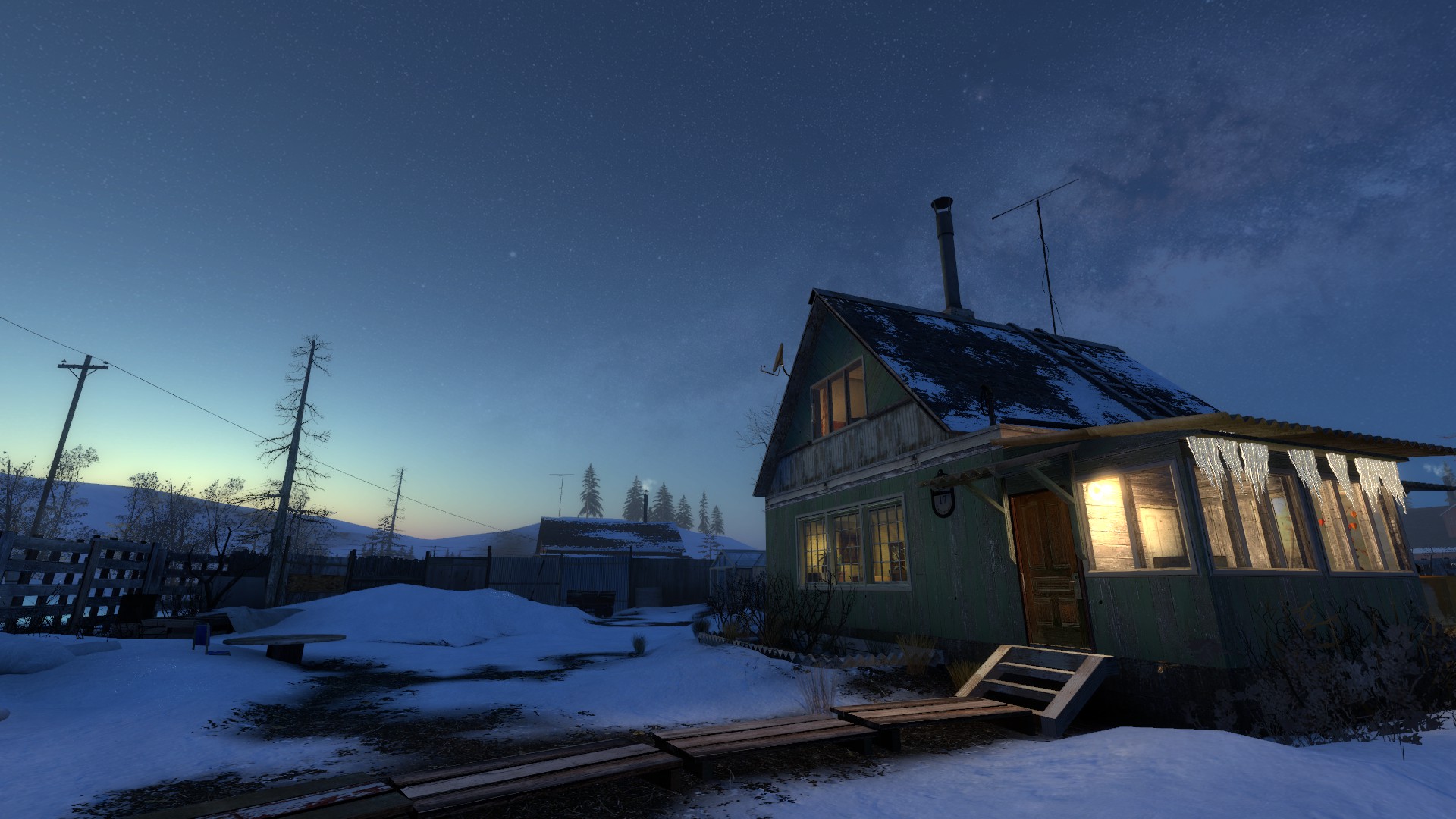User:Cvoxalury
I've decided to leave VDC behind.
In my eyes it's too far gone down the uncontrollable template hell spiral, making reading and editing it harder and harder.
It's becoming a black box of too-hard-to-follow spaghetti code, and the clean-up attempt started about a year and a half ago, turned into something different.
Thank you, those who have made constructive edits over the years, and good luck to future editors.
Source Engine developer.
Author and lead of Dark Interval and a couple other things.
My specialties include singleplayer mapping, art passing, optimisation, soundscapes.
I do programming on Source and would be happy if people find some of it useful.
I release Gamebanana addons from time to time, they range from model edits to prefab mapping and even some mappacks.
Memo to self: future Proposals
- Clean-up and reevaluation of {{Source games}} (see the specific pages inside the Warning box)
- Massive reworking/split of Porting GoldSrc content (maps, models, etc.) to Source - may be *the* messiest VDC article I've seen so far
- Reworking of GoldSrc - in particular its templates {{Branches and Forks}} and {{gldsrc games}}, and Bugs and limitations section
- New template
{{Infobox entity}}; same idea as {{Infobox game}} and {{Infobox engine}}. For entity pages to list relevant information without redundancy:- Picture
- Classname
- Relationship class?
- Type? (NPC, weapon, etc)
- Model paths
- Texture paths, for Source?
- Convar box (list the most relevant convars and what they do)
- Potentially put the {{CD}} into the bottom field so it can spread downward at the end?
- {{Infotable}} exists; however it often states redundant information, sometimes contradicts the page, and it's not in the "family" of "Infobox <thing>".
